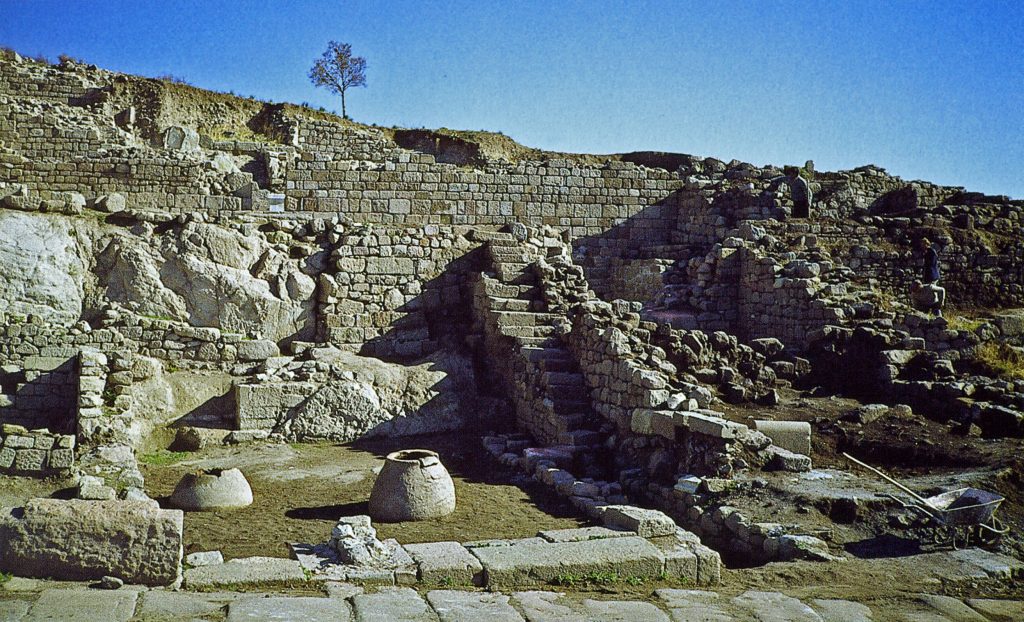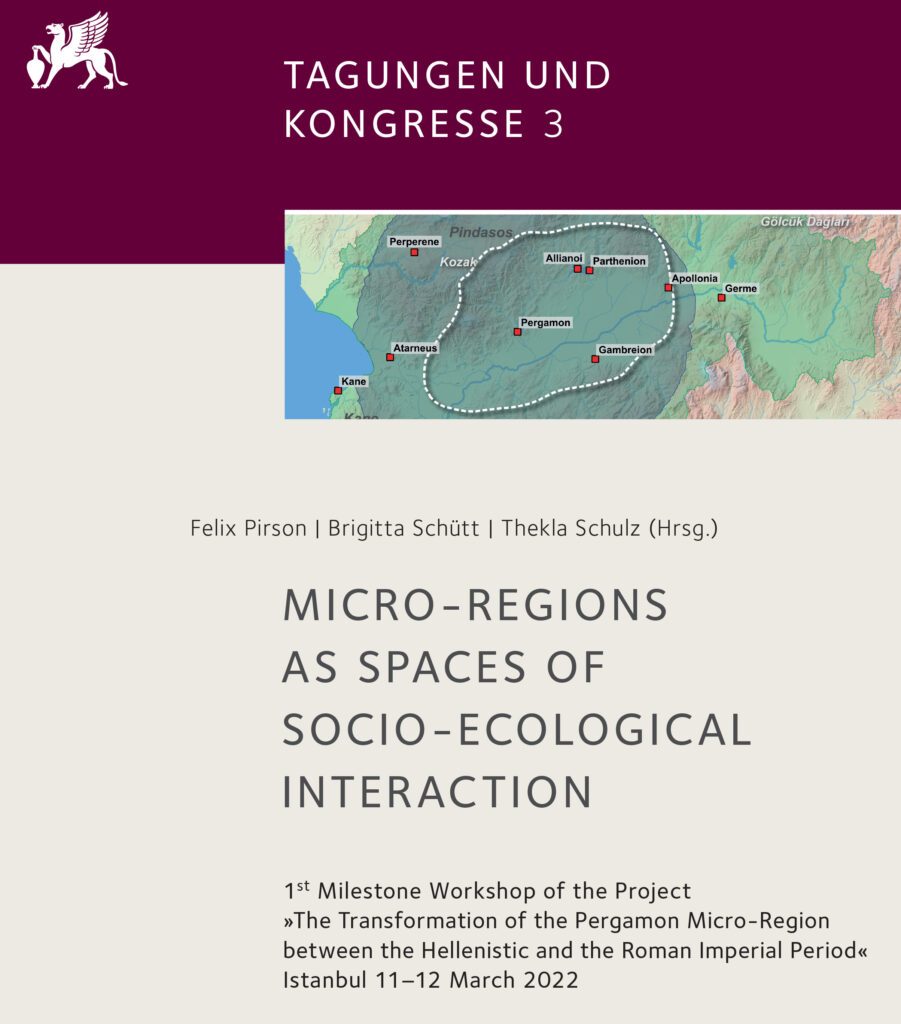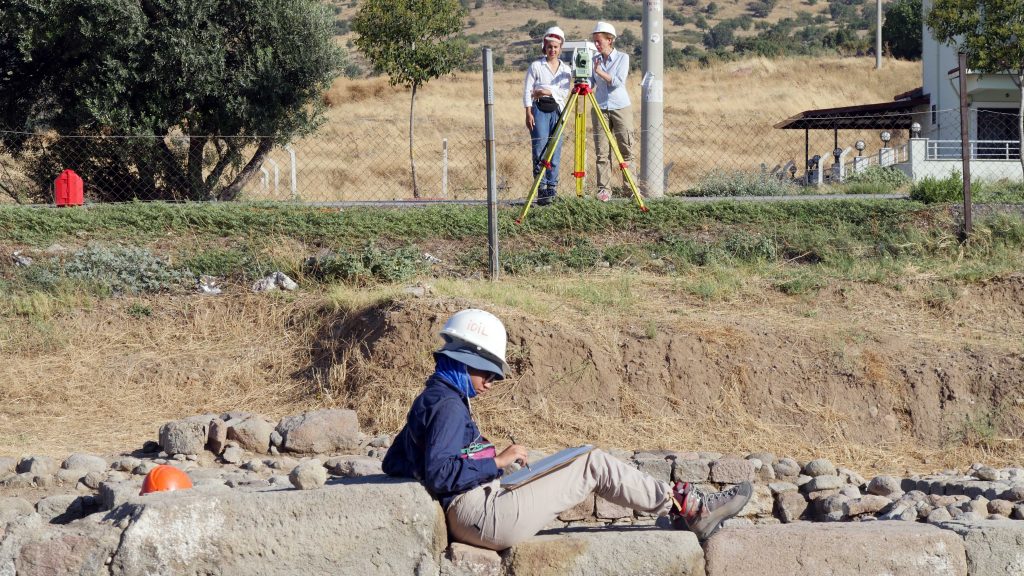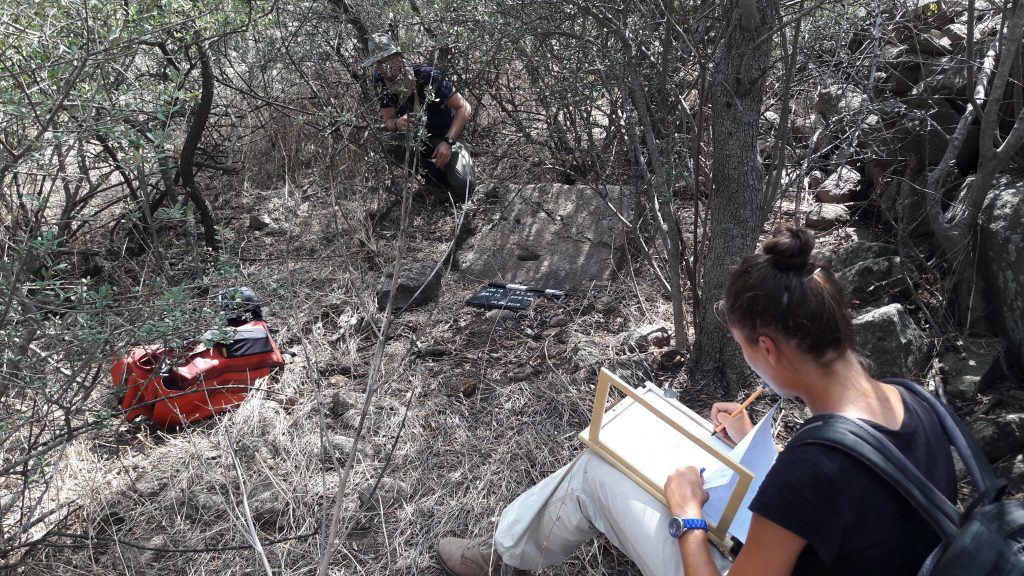The ancient city Pergamon has been explored for more than 140 years. Because of its long history of research and extensive excavation the urban structure can be revealed easy. This provides perfect conditions for studying the economic structure of an ancient metropolis. The investigation of urban economic spaces offers not only an opportunity to receive insights about type and extent of production and distribution of Pergamon and its Chora but also commands new knowledge about the standard of living of the Pergamene inhabitants and the social status of merchants and craftsmen. The research project is designed as a dissertation* within the framework of TransPergMikro and based on the questions: Where can locations of sale and commerce be located? How are these locations spread within the city? Do Pergamon and its Chora form an independent economic unit? How is the economic network arranged and how did it develop? Can there be apprehend an economic change from Hellenistic to Roman Period?

(German Archaeological Institute, Istanbul Department, Pergamongrabung, E. Steiner 1978)
Fielding these questions it is envisaged to examine the area of “Stadtgrabung“ within the current season under economic aspects. Several commercial buildings and workshops could be located so far and are intended to be reinvestigated at their economic function. Can it be possible to ascertain the commodities which were produced and sold? To achieve new perceptions in social history, also the architecture and endowment of these facilities will be examined.
*PhD candidate: Sandra Völkel (DAI Istanbul | TransPergMikro)
Supervisor: Prof. Dr. Felix Pirson (DAI Istanbul, Erster Direktor | University of Leipzig) and Prof. Dr. Victor Walser (University of Zurich)



